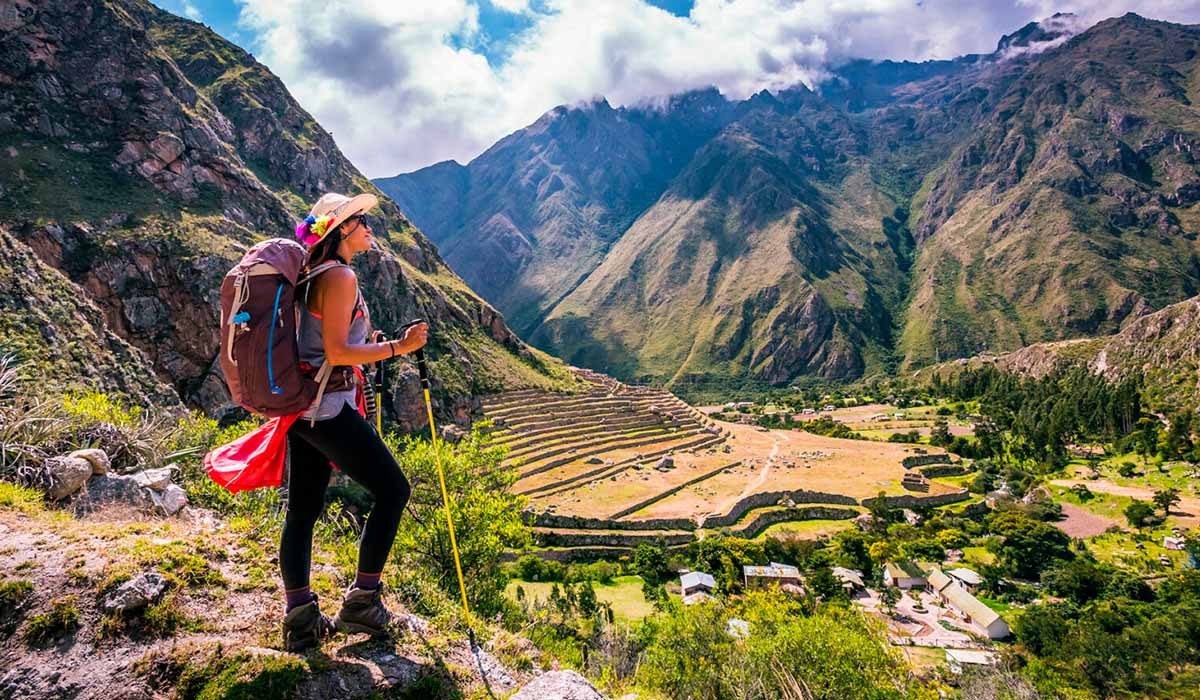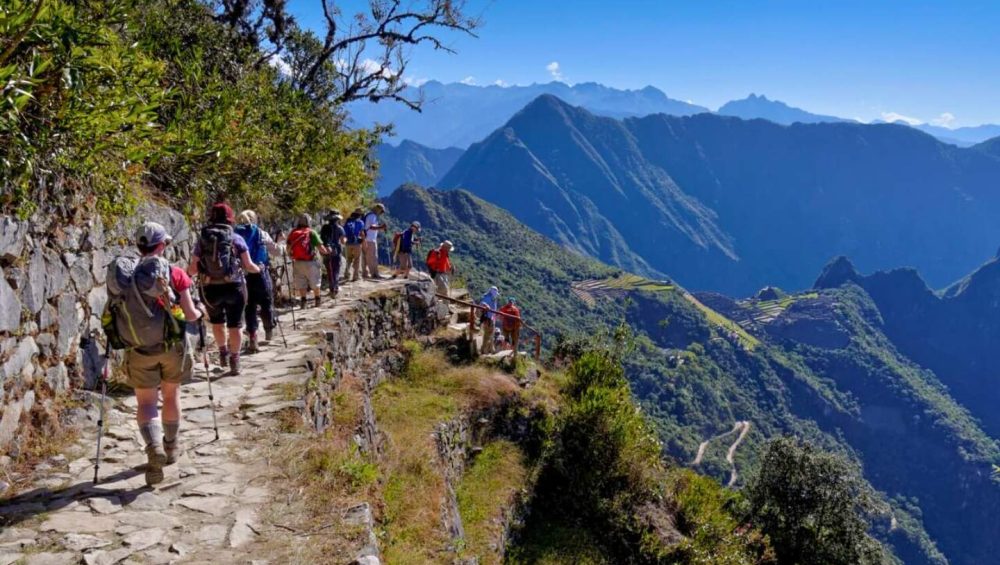The international publication Time Out has selected ten of the most outstanding hiking treks on the planet. This list not only focuses on scenic beauty, but also on the diversity of experiences, covering from historic coastal routes to high-mountain circuits that cross multiple countries. The list covers the globe, highlighting routes on different continents, from Turkey to Peru. The selection includes multi-day hikes that require complex logistics, as well as single-day routes that offer a high visual impact in a short time.
This selection highlights a global trend toward experience tourism, where the journey itself is the goal. These routes represent physical challenges that often require careful planning, including managing permit systems, booking shelters, and specific physical preparation. The inclusion of such diverse destinations highlights the universal appeal of hiking as a method to connect with nature and history.
A Tour of the 10 Most Beautiful Routes in the World
The selection compiled by Time Out covers a wide spectrum of geographic environments and logistical challenges. The chosen routes are not limited to a single type of landscape; they include high-altitude alpine circuits in the Himalayas and the Andes, historic coastal trails in the Mediterranean, volcanic crossings, and paths through dense forests.
Likewise, the list represents different scales of commitment in time and planning. It includes multi-week expeditions that require significant physical preparation and complex permit booking, along with world-renowned single-day hikes that offer a high scenic impact in a short period. Below, the specific characteristics of each of the ten selected routes are detailed:
1. Lycian Way (Turkey)
This historic long-distance route follows the southwest coast of Turkey, an area known in ancient times as Lycia. It combines Mediterranean views with the exploration of Lycian, Greek, and Roman ruins.
- Location: Southwest coast of Turkey (from Fethiye to Antalya).
- Distance: 540 kilometers.
- Duration: The full route can take 25-30 days, although most hikers choose to do shorter sections.
- Features: The trail winds along coastal cliffs, beaches, and ancient settlements.
The route is considered moderate to demanding, with steep sections and significant elevation changes. It is marked with red and white stripes but requires good navigation skills. Hikers can stay in pensions (pansiyons) in villages, guest houses, or camp. Highlights include the ghost town of Kayaköy, Patara beach, and the sunken ruins of Kekova.
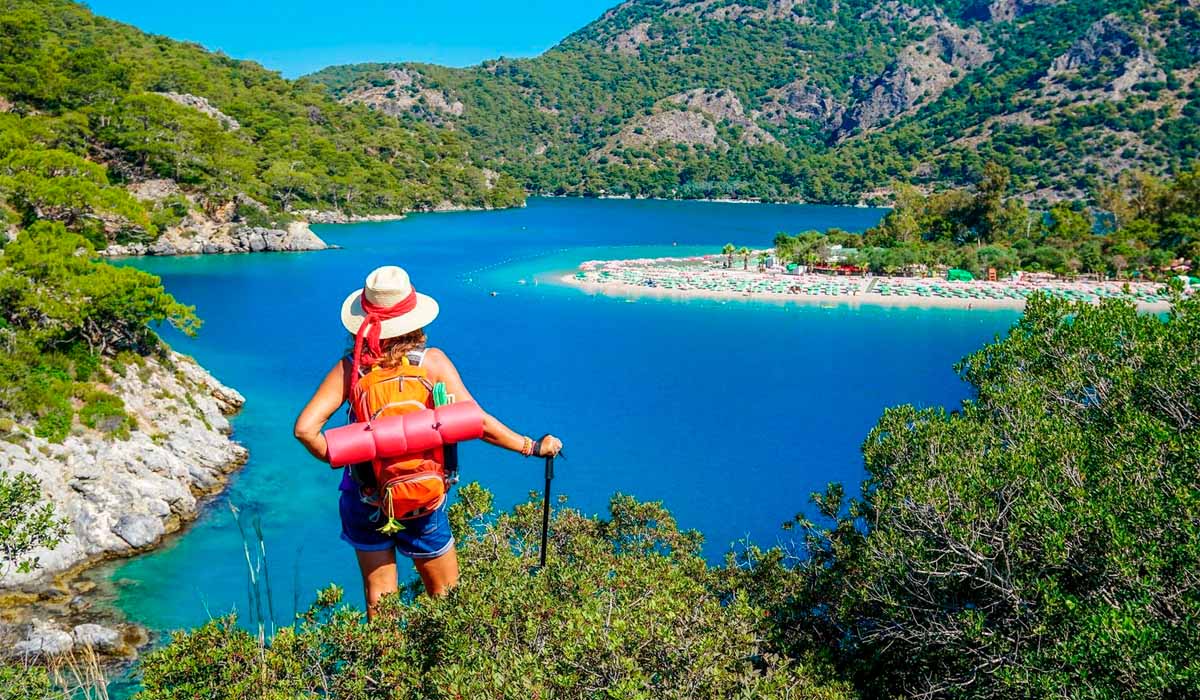
2. O Circuit, Torres del Paine (Chile)
Located in Torres del Paine National Park, in Chilean Patagonia, the O Circuit is one of the most important trekking routes in South America. The route circles the Paine massif, offering views of glaciers, lakes, and the iconic granite towers.
- Location: Torres del Paine National Park, Chile.
- Distance: 130 kilometers.
- Duration: 8 to 11 days.
- Features: Includes crossing the John Gardner Pass, views of the Grey Glacier, and the visit to the Base of the Towers.
This trek is considered strenuous, not only because of the long distances but also due to the high probability of extremely strong Patagonian winds. The back side of the circuit (the “O”) is much more remote than the popular “W Trek,” which is included in this route. Logistics are a critical factor: all campsites and refuges must be booked 6 to 9 months in advance, as capacity is strictly limited.
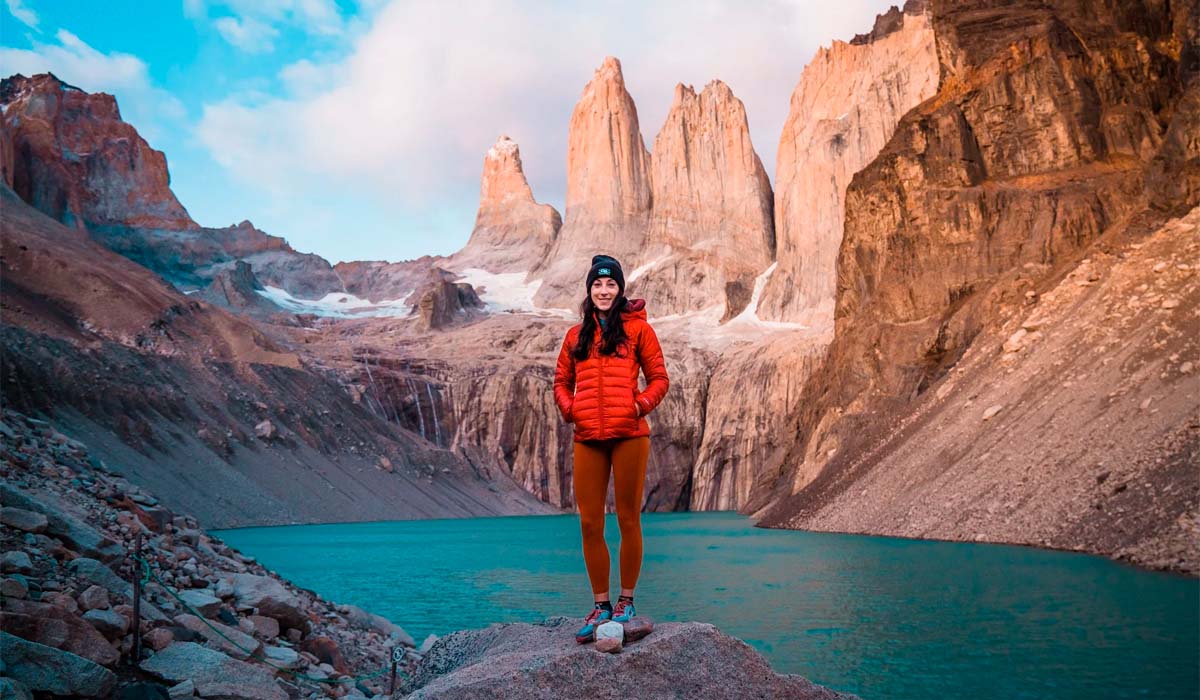
3. Tour du Mont Blanc (France, Italy, and Switzerland)
A classic European circuit that goes around the Mont Blanc massif, the highest mountain in Western Europe. It is known for its alpine views, green valleys, and the comfort of being able to stay overnight in mountain refuges.
- Location: Alps (Chamonix, France; Courmayeur, Italy; Champex, Switzerland).
- Distance: 170 kilometers.
- Duration: 7 to 11 days.
- Features: It crosses three countries and offers a very developed refuge infrastructure.
The standard route is walked counter-clockwise, starting and ending in Chamonix (France). It involves a total positive elevation gain of approximately 10,000 meters, with daily climbs and descents over high mountain passes. The refuge culture, offering dorm lodging and hot meals, is a fundamental part of the experience, although it is essential to book months in advance.
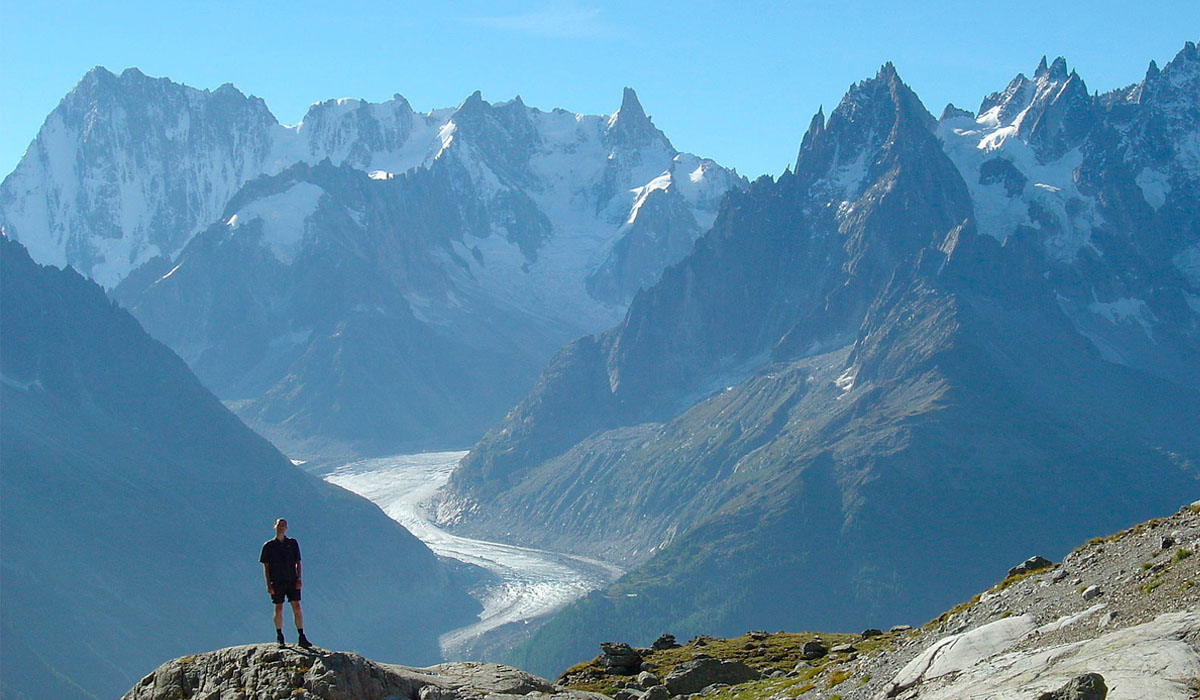
4. Annapurna Circuit (Nepal)
One of the most famous hiking routes in the Himalayas, known for its great diversity of landscapes. It starts in subtropical areas and climbs to a high-altitude pass, surrounded by some of the highest peaks on the planet.
- Location: Annapurna Region, Nepal.
- Distance: 160 to 230 kilometers (variable depending on the start and end point).
- Duration: 15 to 20 days.
- Features: The high point is crossing the Thorong La pass (5,416 meters).
The main challenge of this trek is getting used to the altitude to cross the Thorong La pass safely. Unlike other big routes, the Annapurna Circuit uses a “teahouse” system, allowing hikers to stay and eat in small lodges in the villages. It is important to note that road construction in the region has shortened some traditional sections of the trail.
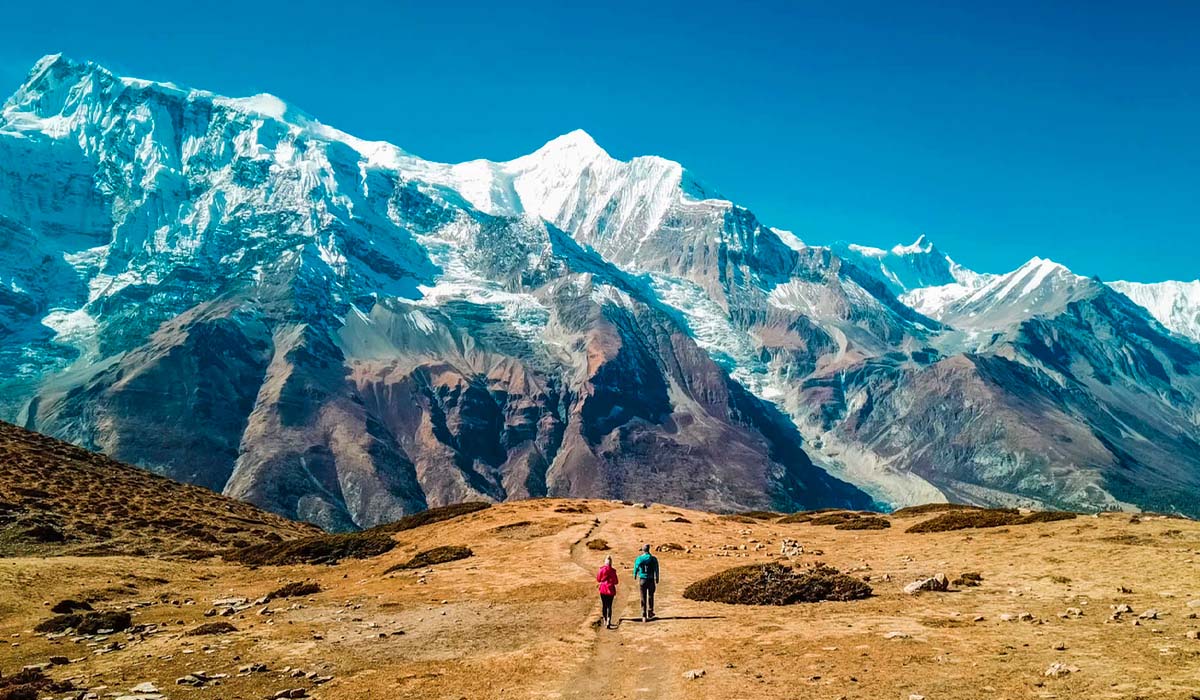
5. Great Ocean Walk (Australia)
Known as the “Great Ocean Walk”, this trail follows the coast of the state of Victoria, parallel to the famous “Great Ocean Road”. It offers views of cliffs, eucalyptus forests, and the chance to see koalas in the wild.
- Location: Victoria, Australia.
- Distance: 104 kilometers.
- Duration: 7 to 8 days (can be done in sections).
- Features: It ends near the rock formation of the Twelve Apostles.
This is a one-way trail that is usually walked from east to west, from Apollo Bay to the Twelve Apostles. The logistics are well organized, with seven campsites just for hikers that must be booked in advance through the Parks Victoria system. The terrain varies from sandy beaches to well-maintained forest trails.
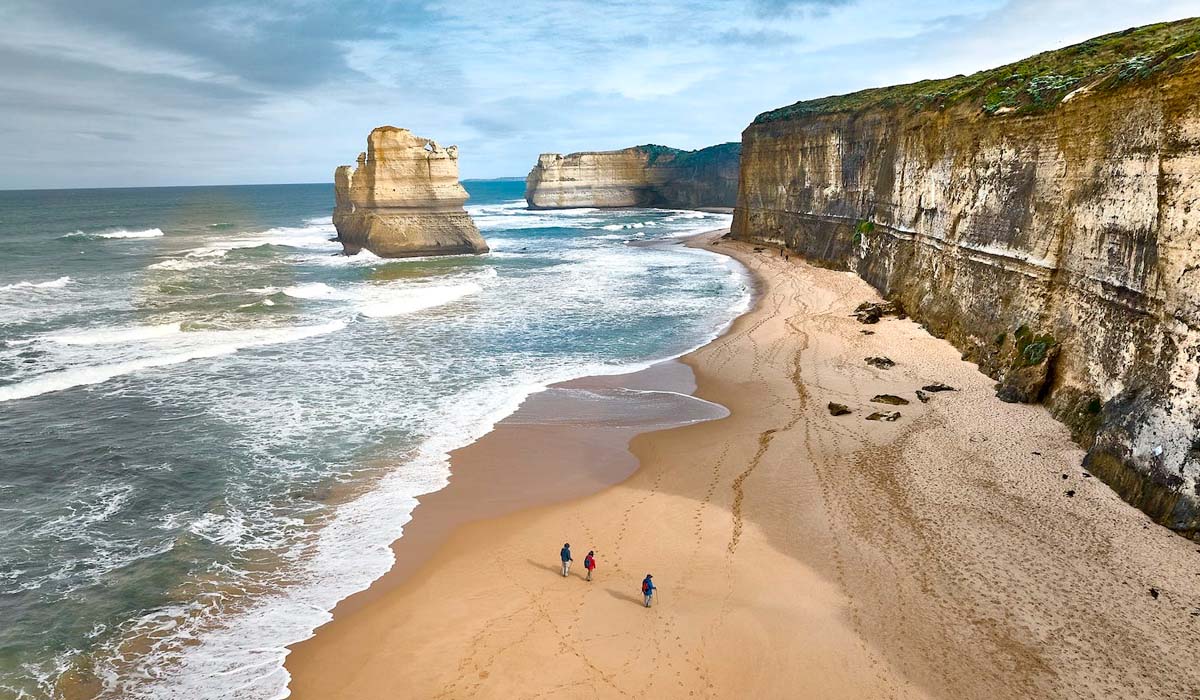
6. Transcaucasian Trail (Georgia and Armenia)
This is an ambitious project to create a long-distance hiking route (more than 3,000 km) that crosses the Caucasus mountains. The Time Out list refers to the sections that are already developed and marked, especially in the Svaneti region of Georgia.
- Location: Caucasus Mountains (Georgia and Armenia).
- Distance: Project in development. Popular sections vary (e.g., 100-150 km).
- Duration: Variable (popular routes take 7 to 10 days).
- Features: Crosses volcanic mountains, remote villages, and glacial valleys.
The most established section, which connects Mestia to Ushguli in the Svaneti region (Georgia), is known for its landscapes and its deep cultural immersion. Hikers pass through medieval villages with stone defense towers (Koshki) and stay in local guesthouses. The trail infrastructure is still in development compared to European routes.
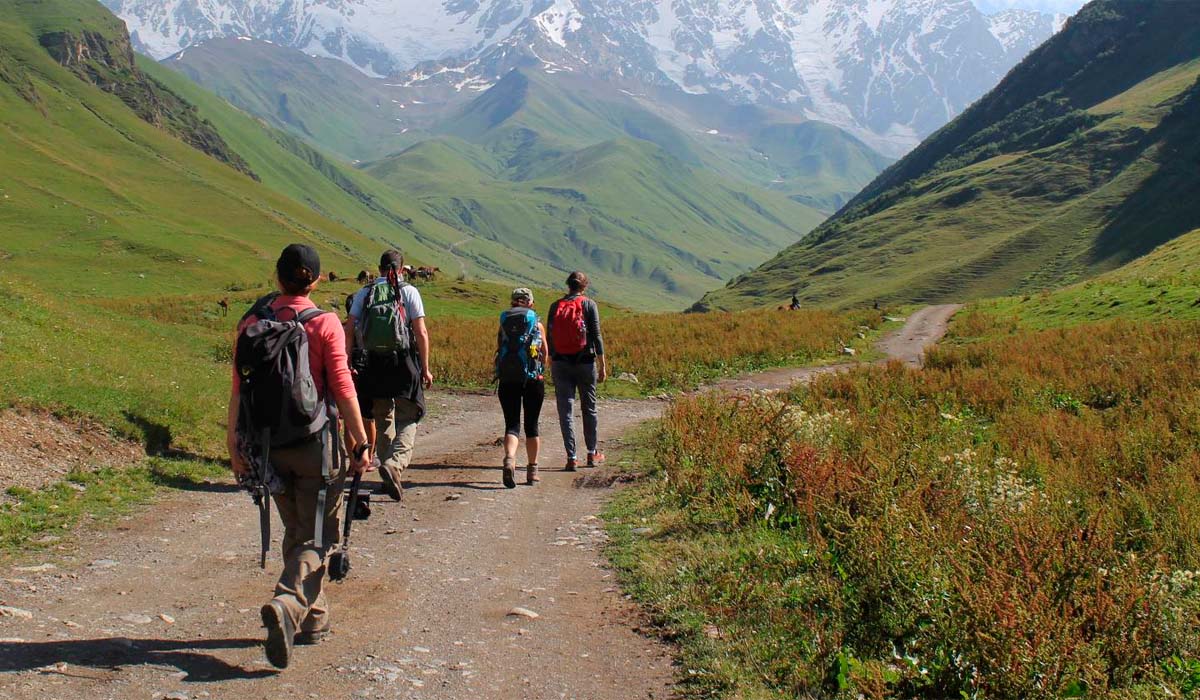
7. Tongariro Alpine Crossing (New Zealand)
Considered one of the best one-day hikes in the world. It crosses an active volcanic landscape in Tongariro National Park, famous for being the setting for “Mordor” in “The Lord of the Rings” movies.
- Location: North Island, New Zealand.
- Distance: 19.4 kilometers.
- Duration: 6 to 8 hours (one day).
- Features: Passes by volcanic craters and the Emerald Lakes.
As it is a linear hike (not a loop), the main logistics involve organizing transport. Shuttle services are essential to connect the starting point (Mangatepopo) with the ending point (Ketetahi). The trail is demanding, with a steep climb up to the Red Crater (1,886 m), the highest point, which offers views of the brightly colored lakes, a product of volcanic activity.
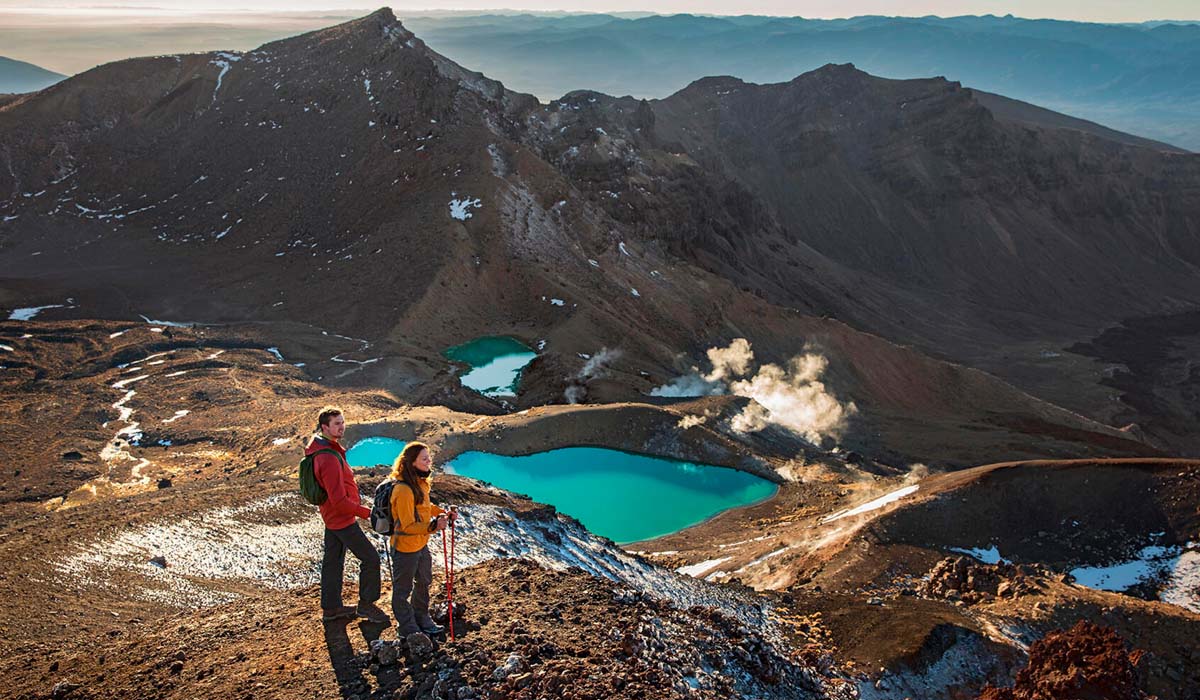
8. Kalalau Trail (Hawaii, USA)
A demanding coastal route on the island of Kaua’i, which follows the famous Nā Pali Coast. The trail is known for its spectacular views of cliffs falling into the ocean, but also for its narrow and slippery sections.
- Location: Kaua’i, Hawaii, USA.
- Distance: 18 kilometers (one way) / 36 kilometers (round trip).
- Duration: 2 to 3 days (requires staying overnight at Kalalau Beach).
- Features: Access is strictly regulated and requires permits.
Getting permits for this route is extremely competitive and they must be booked online months in advance, on the exact day they are released. The trail is considered dangerous, especially the section known as “Crawler’s Ledge,” a narrow and exposed stretch over the ocean. The reward is access to the isolated Kalalau Beach, which is inaccessible by road.
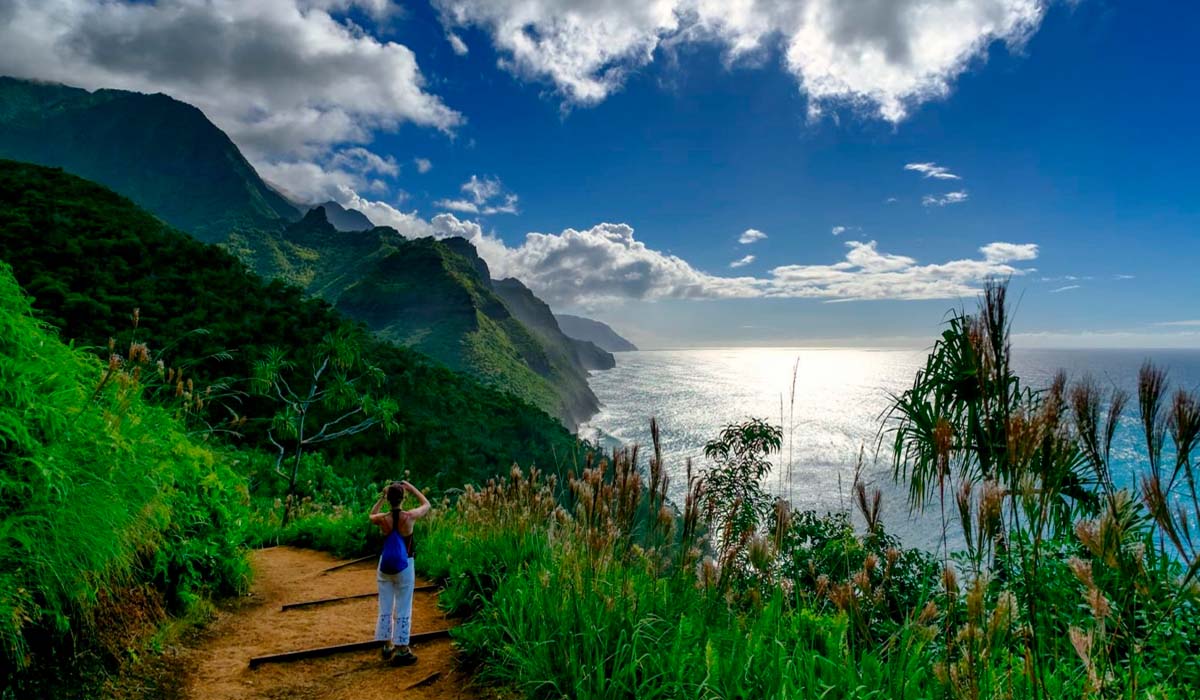
9. Bald Hills Trail (Canada)
A popular hike in Jasper National Park, in the Canadian Rocky Mountains. This route offers panoramic views of Maligne Lake, one of the most photographed bodies of water in the region, and of the surrounding glaciers.
- Location: Jasper National Park, Alberta, Canada.
- Distance: 10.4 kilometers (round trip, with loop options).
- Duration: 4 to 6 hours (one day).
- Features: It is a steady climb that takes hikers above the tree line.
The trail begins on an old service road (fire road) before turning onto a steeper path toward the alpine ridge. Once above the vegetation line, hikers can explore the wide ridge (the “bald hills”), which offers 360-degree views. It is a frequent area for spotting local wildlife, such as marmots and pikas.

10. Inca Trail to Machu Picchu (Peru)
It is the most famous historic hiking route in South America. The trail, built by the Incas, covers approximately 42 kilometers of stone paths, crosses multiple archaeological sites, and ends with the entry into the citadel of Machu Picchu through the Inti Punku (Sun Gate).
- Location: Cusco, Peru.
- Distance: 42 kilometers.
- Duration: 4 days and 3 nights.
- Features: Access is strictly limited to 500 daily permits and must be booked 6-8 months in advance.
Unlike other hikes in the region that end in Aguas Calientes, the Inca Trail is the only one that enters the Machu Picchu sanctuary directly on foot. The route is completely regulated by the Peruvian government; it is mandatory to hire an authorized agency and be accompanied by guides and support staff (porters).
